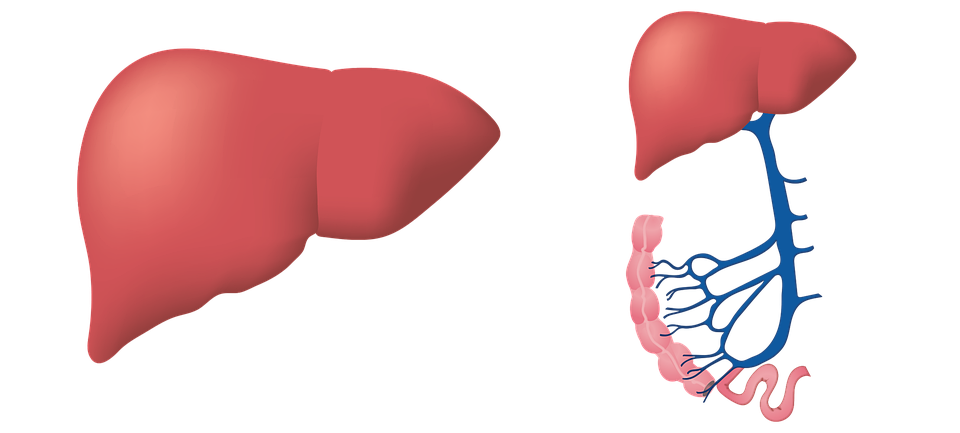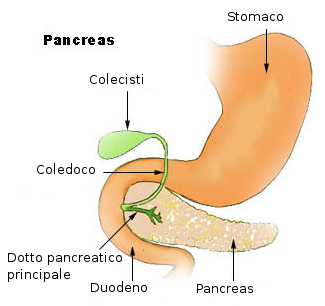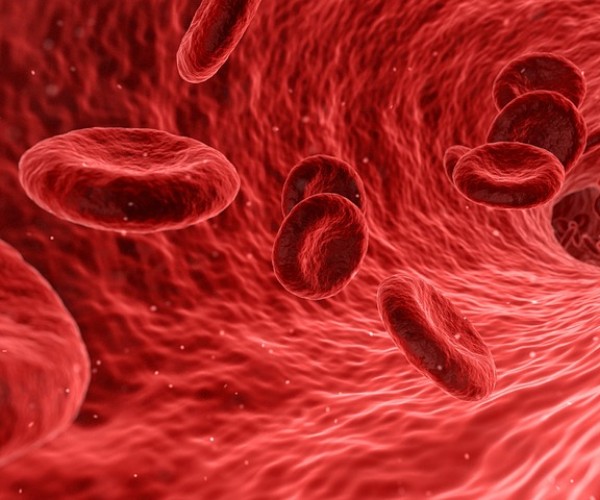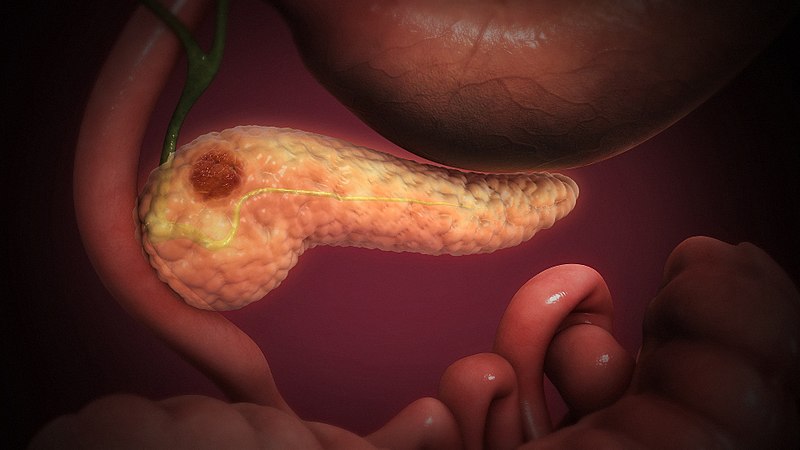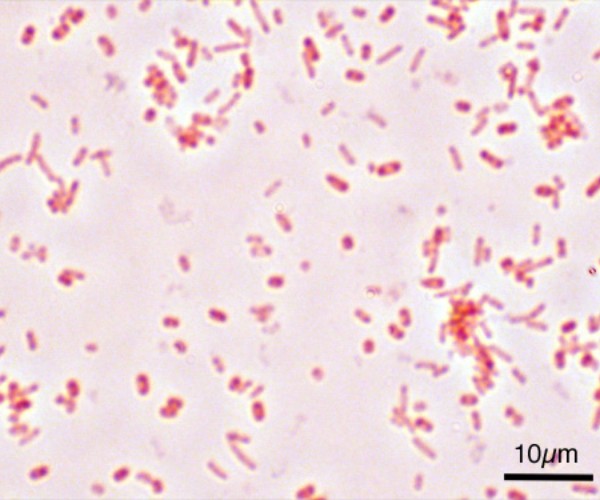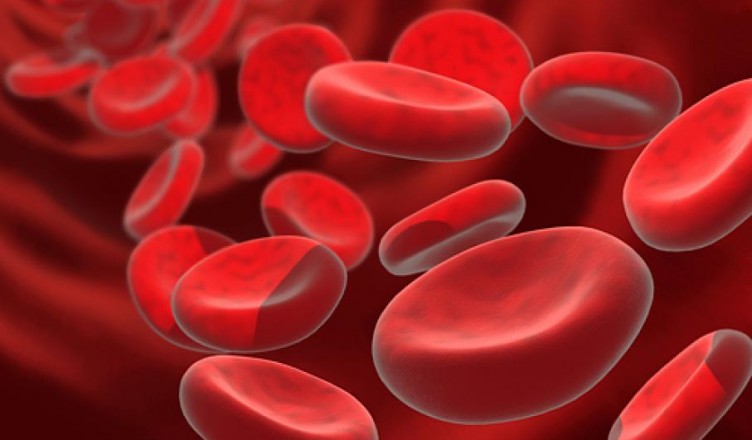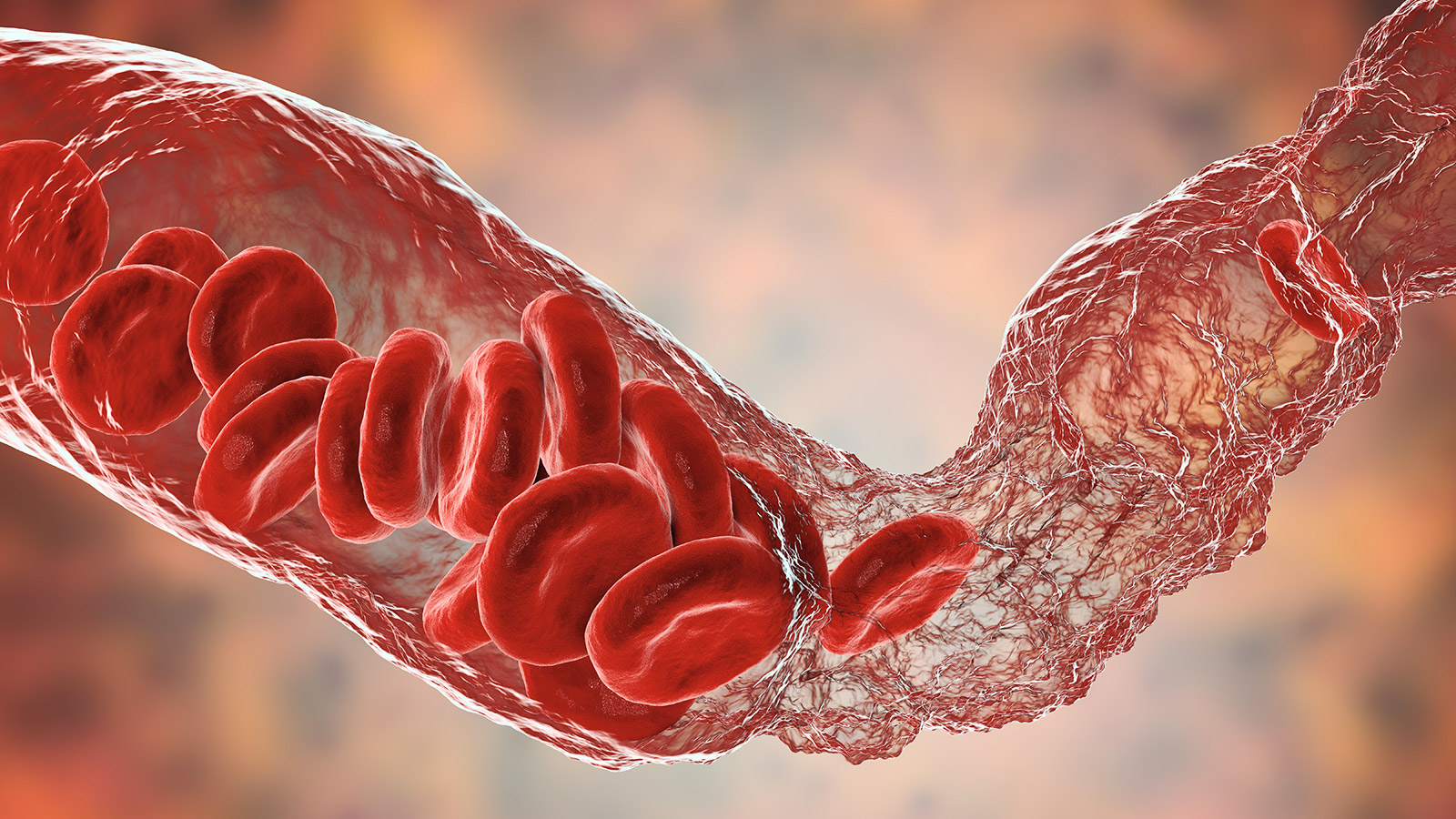Observation of the relationships between dietary deficiencies and imbalances and the occurrence of specific morbid conditions has led to the formulation of some directions to protect health. Certain criteria must be adopted to construct the food model: biological, epidemiological and ecological. The final product is the production of Healthy Eating Guidelines.
During World War II, the idea of codifying recommended energy and nutrient intakes came to the forefront; in fact, the first edition of the Recommended Dietary Allowances (RDA) was published in 1943 in the United States, with the aim of providing references for optimal nutrition.
The RDA in Italy became LARN i.e. Recommended Intake Levels of Energy and Nutrients, developed for the Italian population in 1996 by the Society of Human Nutrition. LARNs define recommended energy and nutrient intakes according to, given estimated relative needs at safe levels, keeping age, gender, etc., well in mind. Energy recommendations, on the other hand, are set differently, as needs change from individual to individual.
The recommended intake levels of energy and nutrients for the population are used especially for:
- Calculate nutrient needs,
- Planning diets for healthy subjects,
- Planning nutrition education programs.
Source: Handbook of Dietetics and Clinical Nutrition by Franco Contaldo et al.















